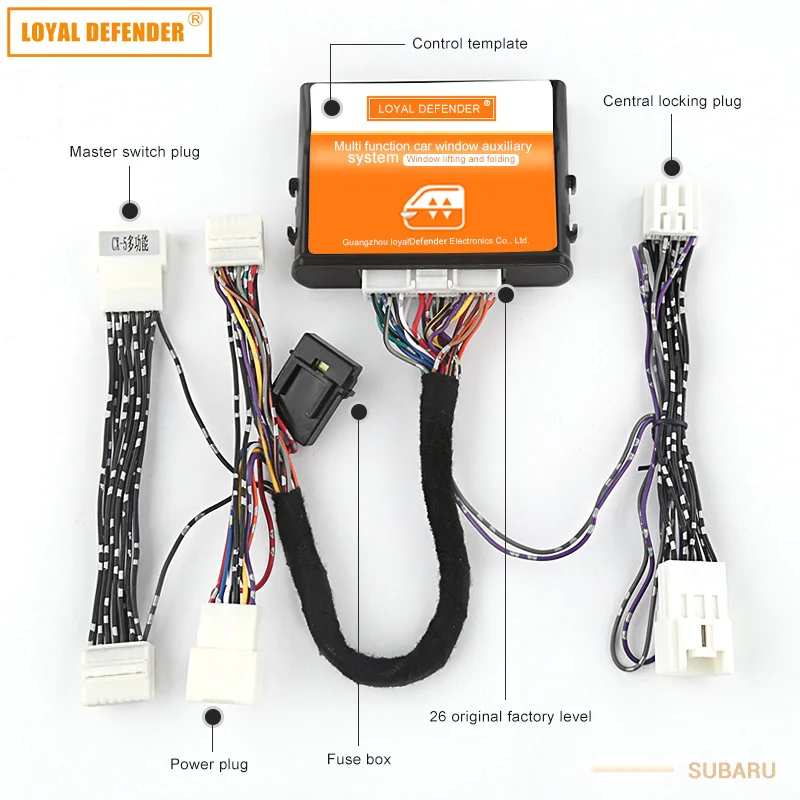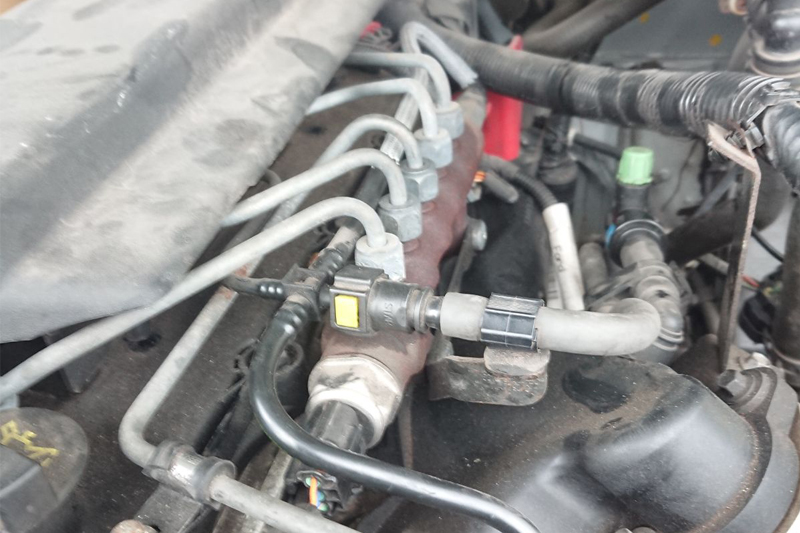Defender Power Control Module
Runs the cmdlet as a background job. Use this parameter to run commands that take a long time to complete.The cmdlet immediately returns an object that represents the job and then displays the command prompt.You can continue to work in the session while the job completes.To manage the job, use the.-Job cmdlets.To get the job results, use the cmdlet.For more information about Windows PowerShell background jobs, see. Type:SwitchParameterPosition:NamedDefault value:NoneAccept pipeline input:FalseAccept wildcard characters:False.
Indicates whether to check for new virus and spyware definitions before Windows Defender runs a scan.If you specify a value of $True, Windows Defender checks for new definitions.If you specify $False or do not specify a value, the scan begins with existing definitions.This value applies to scheduled scans and to scans that you start from the command line, but it does not affect scans that you start from the user interface. Type:BooleanAliases:csbrPosition:NamedDefault value:NoneAccept pipeline input:FalseAccept wildcard characters:False. Indicates whether Windows Defender runs catch-up scans for scheduled full scans.A computer can miss a scheduled scan, usually because the computer is turned off at the scheduled time.If you specify a value of $True, after the computer misses two scheduled full scans, Windows Defender runs a catch-up scan the next time someone logs on to the computer.If you specify a value of $False or do not specify a value, the computer does not run catch-up scans for scheduled full scans. Type:BooleanAliases:dcfscPosition:NamedDefault value:NoneAccept pipeline input:FalseAccept wildcard characters:False.
Power Control Module Ford
Indicates whether Windows Defender runs catch-up scans for scheduled quick scans.A computer can miss a scheduled scan, usually because the computer is off at the scheduled time.If you specify a value of $True, after the computer misses two scheduled quick scans, Windows Defender runs a catch-up scan the next time someone logs onto the computer.If you specify a value of $False or do not specify a value, the computer does not run catch-up scans for scheduled quick scans. Type:BooleanAliases:dcqscPosition:NamedDefault value:NoneAccept pipeline input:FalseAccept wildcard characters:False. Indicates whether Windows Defender parses the mailbox and mail files, according to their specific format, in order to analyze mail bodies and attachments.Windows Defender supports several formats, including.pst,.dbx,.mbx,.mime, and.binhex.If you specify a value of $True, Windows Defender performs email scanning.If you specify a value of $False or do not specify a value, Windows Defender does not perform email scanning. Type:BooleanAliases:demscPosition:NamedDefault value:NoneAccept pipeline input:FalseAccept wildcard characters:False. Indicates whether to scan for malicious and unwanted software in removable drives, such as flash drives, during a full scan.If you specify a value of $True, Windows Defender scans removable drives during any type of scan.If you specify a value of $False or do not specify a value, Windows Defender does not scan removable drives during a full scan.Windows Defender can still scan removable drives during quick scans or custom scans.
Manage and Enable/Disable Windows Defender Using PowerShell. The main advantage of Defender is that it is easy to use, it’s already pre-installed in Windows 10 and 8.1, enabled by default and practically doesn’t need manual configuration. He coded it to allow anyone to disable Windows Defender in Windows 10 and take back control of the operating system which Microsoft seems to constantly take away from the user. Download the NoDefender app. Unpack and run the app; On the Step 1 page, click the Open Windows Defender Settings button. This reference provides cmdlet descriptions and syntax for all Defender-specific cmdlets. It lists the cmdlets in alphabetical order based on the verb at the beginning of the cmdlet.
Type:BooleanAliases:drdscPosition:NamedDefault value:NoneAccept pipeline input:FalseAccept wildcard characters:False. Indicates whether to select a random time for the scheduled start and scheduled update for definitions.If you specify a value of $True or do not specify a value, scheduled tasks begin within 30 minutes, before or after, the scheduled time.If you randomize the start times, it can distribute the impact of scanning.For example, if several virtual machines share the same host, randomized start times prevents all the hosts from starting the scheduled tasks at the same time. Type:BooleanAliases:rsttPosition:NamedDefault value:NoneAccept pipeline input:FalseAccept wildcard characters:False. Specifies scanning configuration for incoming and outgoing files on NTFS volumes.The acceptable values for this parameter are:. 0: Scan both incoming and outgoing files.This is the default. 1: Scan incoming files only.


2: Scan outgoing files only.Specify a value for this parameter to enhance performance on servers which have a large number of file transfers, but need scanning for either incoming or outgoing files.Evaluate this configuration based on the server role.For non-NTFS volumes, Windows Defender performs full monitoring of file and program activity. Type:ScanDirectionAliases:rtsdAccepted values:Both, Incoming, OutcomingPosition:NamedDefault value:NoneAccept pipeline input:FalseAccept wildcard characters:False.

Specifies the day of the week on which to perform a scheduled full scan in order to complete remediation.Alternatively, specify everyday for this full scan or never.The acceptable values for this parameter are:. 0: Everyday. 1: Sunday. 2: Monday. 3: Tuesday. 4: Wednesday.
5: Thursday. 6: Friday. 7: Saturday. 8: NeverThe default value is 8, never.If you specify a value of 8 or do not specify a value, Windows Defender performs a scheduled full scan to complete remediation by using a default frequency. Type:DayAliases:rsdAccepted values:Everyday, Sunday, Monday, Tuesday, Wednesday, Thursday, Friday, Saturday, NeverPosition:NamedDefault value:NoneAccept pipeline input:FalseAccept wildcard characters:False. Specifies the day of the week on which to perform a scheduled scan.Alternatively, specify everyday for a scheduled scan or never.The acceptable values for this parameter are:.
0: Everyday. 1: Sunday. 2: Monday. 3: Tuesday. 4: Wednesday. 5: Thursday.
6: Friday. 7: Saturday. 8: NeverThe default value is 8, never.If you specify a value of 8 or do not specify a value, Windows Defender does not perform scheduled scans. Type:DayAliases:scsdAccepted values:Everyday, Sunday, Monday, Tuesday, Wednesday, Thursday, Friday, Saturday, NeverPosition:NamedDefault value:NoneAccept pipeline input:FalseAccept wildcard characters:False.
Power Control Module For Cars
Specifies the day of the week on which to check for definition updates.Alternatively, specify everyday for a scheduled scan or never.The acceptable values for this parameter are:. 0: Everyday. 1: Sunday. 2: Monday. 3: Tuesday.
Defender Power Control Module Download
4: Wednesday. 5: Thursday. 6: Friday. 7: Saturday. 8: NeverThe default value is 8, never.If you specify a value of 8 or do not specify a value, Windows Defender checks for definition updates by using a default frequency.
Type:DayAliases:sigsdAccepted values:Everyday, Sunday, Monday, Tuesday, Wednesday, Thursday, Friday, Saturday, NeverPosition:NamedDefault value:NoneAccept pipeline input:FalseAccept wildcard characters:False. Specifies how Windows Defender checks for user consent for certain samples.If consent has previously been granted, Windows Defender submits the samples.Otherwise, if the MAPSReporting parameter does not have a value of Disabled, Windows Defender prompts the user for consent.The acceptable values for this parameter are:. 0: Always prompt. 1: Send safe samples automatically. 2: Never send.
3: Send all samples automaticallyType:SubmitSamplesConsentTypeAccepted values:None, Always, NeverPosition:NamedDefault value:NoneAccept pipeline input:FalseAccept wildcard characters:False. Specifies the maximum number of concurrent operations that can be established to run the cmdlet.If this parameter is omitted or a value of 0 is entered, then Windows PowerShell速 calculates an optimum throttle limit for the cmdlet based on the number of CIM cmdlets that are running on the computer.The throttle limit applies only to the current cmdlet, not to the session or to the computer. Type:Int32Position:NamedDefault value:NoneAccept pipeline input:FalseAccept wildcard characters:False.